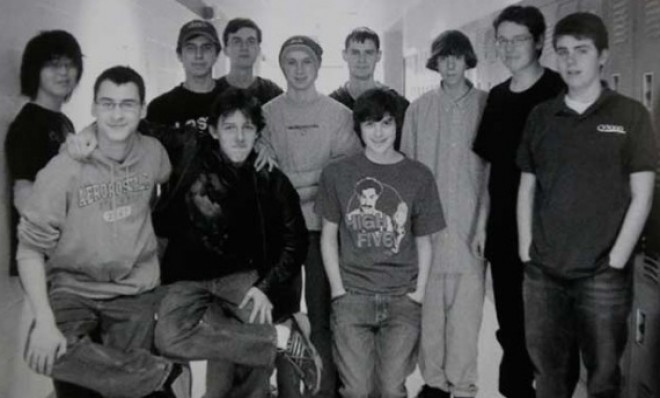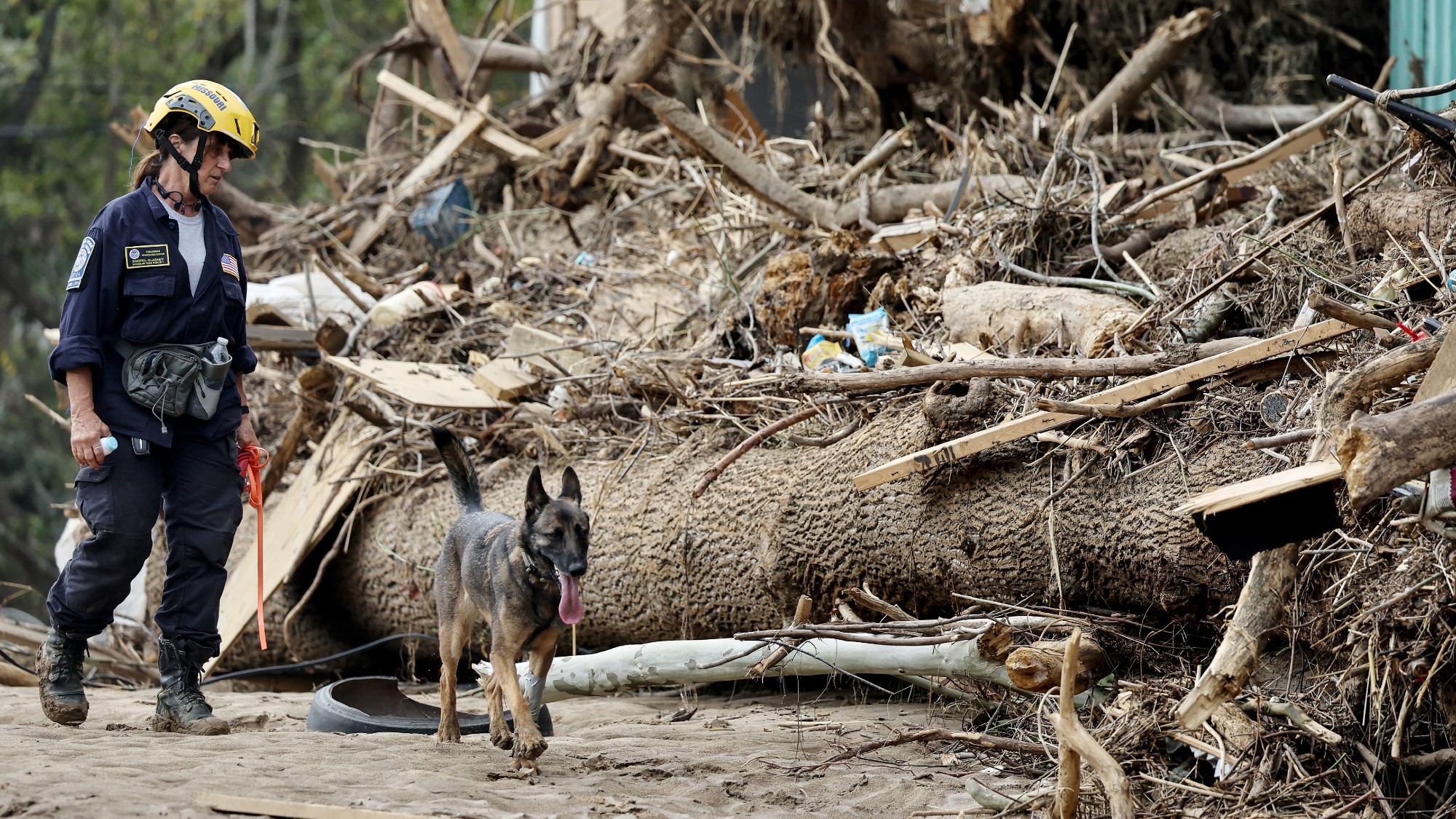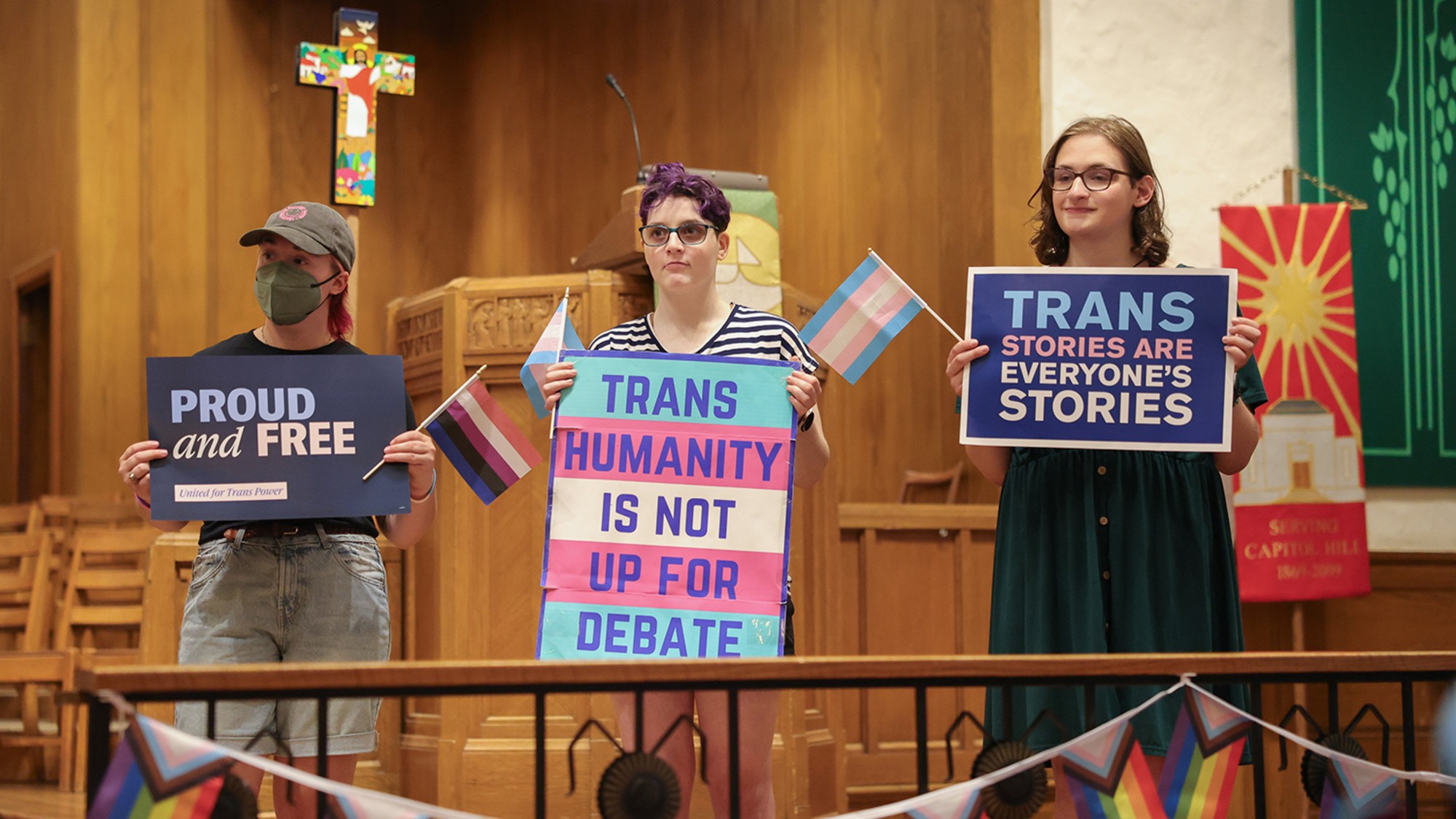Why are there so few female mass murderers?
Of the 62 mass shootings since 1982, only one was perpetrated by a woman


The emerging profile of Adam Lanza, the suspected shooter in the school massacre in Newtown, Conn., is depressingly familiar. He has been described as being socially awkward and a loner. He reportedly had Asperger's syndrome — a high-performing form of autism — and may have been afflicted by other psychiatric problems. And he was male. His sex almost goes without saying.
According to Mother Jones, 62 mass shootings — defined as a single spree that killed at least four people — have been carried out in the U.S. since 1982. Only one was perpetrated by a female. In 2006, Jennifer San Marco fatally shot her former neighbor, then drove to work and killed six colleagues before turning her gun on herself. The rest of the massacres were carried out by males, 44 of whom were white.
What is the connection between gender and outbreaks of massive violence? A helpful way to approach the question is to look at the three main categories of mass murderers. There are "family annihilators," who, as the name suggests, turn on their families. There are "set-and-run" or "hit-and-run" killers, who usually hide and try to avoid capture. Then there are "pseudocommandos," a category that would seem to include James Holmes, the suspected shooter in the July movie theater massacre in Aurora, Colo., and Seung-Hui Cho, who in 2007 killed 32 people during a rampage at Virginia Tech. The pseudocommando can be defined as followed, according to Joni E. Johnston at Psychology Today:
Subscribe to The Week
Escape your echo chamber. Get the facts behind the news, plus analysis from multiple perspectives.

Sign up for The Week's Free Newsletters
From our morning news briefing to a weekly Good News Newsletter, get the best of The Week delivered directly to your inbox.
From our morning news briefing to a weekly Good News Newsletter, get the best of The Week delivered directly to your inbox.
The term "pseudocommando" was first used to describe the type of mass murderer who carefully and methodically plans his actions and who kills indiscriminately in public. This is not a person who "snaps"; he comes prepared with a powerful arsenal of weapons, typically has no escape planned, and is pursing a highly personal and well-thought-out agenda of "payback."
According to research, these revenge mass murderers tend to have been bullied or socially excluded as children. As adults, they tend to be highly sensitive to any slight or rejection and to spend time dwelling on past humiliations. Given the right circumstances, these obsessive thoughts turn into violent revenge fantasies to protect a fragile — sometimes overly inflated — ego. In fact, it is when the perpetrator is feeling most powerless that he is likely to justify acting on his fantasies and begin the transition from obsessive thought to devastating action. The meticulous plans he make not only distract him from a reality that he finds increasingly intolerable, they give him a false sense of power and omnipotence.
The tipping point for pseudocommandos is usually a major personal loss or rejection of some kind. Holmes, an excellent student growing up, saw his grades decline in a more competitive Ph.D. atmosphere. Cho was reportedly bullied and mocked, and saw himself as an avenger for the weak. We don't know what, if anything, set off Lanza, but we do know that his parents divorced in 2009 and that he was reportedly an outcast.
How does the psychology of a pseudocommando relate to maleness? One theory is that the social construct of male identity — what it means to be a man — is more vulnerable to slights and challenges than the female's. Men are taught from a young age that successful males "exert social dominance, achieve a high social status, command respect, and demonstrate authority," say Christopher A.D. Charles and Deniese Kennedy-Kollar at The Southwest Journal of Criminal Justice. Men are also taught to value economic independence and sexual success. Holmes, Cho, and Lanza seem to have failed in some or all of these respects, possibly opening the door to injuries, perceived or real, that gnawed at their troubled minds.
The male construct, known as hegemonic masculinity in gender studies, is mainly developed at school. (The school connection between Holmes, Cho, and Lanza is probably not coincidental.) However, hegemonic masculinity permeates all levels of society, and is a hallmark of street culture, another rich source of gun-related violence. It's practically in the air we breathe — a recent ad for the Bushmaster rifle reportedly used by Lanza reads, "Consider your man card reissued."
Taking into account that most physical violence is male-driven, it's clear that "the transition from boy to man is a risky endeavor," says Erika Christakis at TIME, "and there can be a lot of collateral damage." So what's to be done? Charles and Kennedy-Kollar note that "the positive presence of a father in the life of a son constructing his hegemonic masculinity identity is a key means of preventing the emotional problems that trigger male violence." In addition, educators and officials probably need to view mass murders not as random events, but as stemming from a common cause. "Our refusal to talk about violence as a public-health problem with known (or knowable) risk factors keeps us from helping the young men who were at most risk," says Christakis, "and, of course, their potential victims."
A free daily email with the biggest news stories of the day – and the best features from TheWeek.com
Ryu Spaeth is deputy editor at TheWeek.com. Follow him on Twitter.
-
 Storm warning
Storm warningFeature The U.S. is headed for an intense hurricane season. Will a shrunken FEMA and NOAA be able to respond?
-
 U.S. v. Skrmetti: Did the trans rights movement overreach?
U.S. v. Skrmetti: Did the trans rights movement overreach?Feature The Supreme Court upholds a Tennessee law that bans transgender care for minors, dealing a blow to trans rights
-
 How would the Trump administration denaturalize immigrant citizens?
How would the Trump administration denaturalize immigrant citizens?Today's Big Question Using civil courts lowers the burden of proof